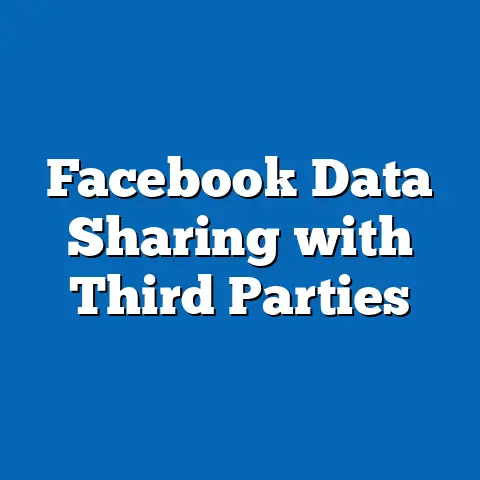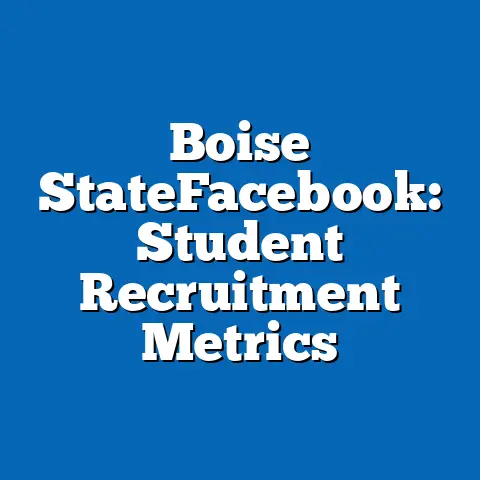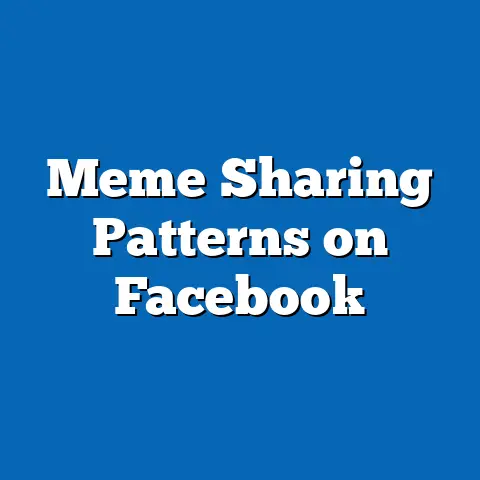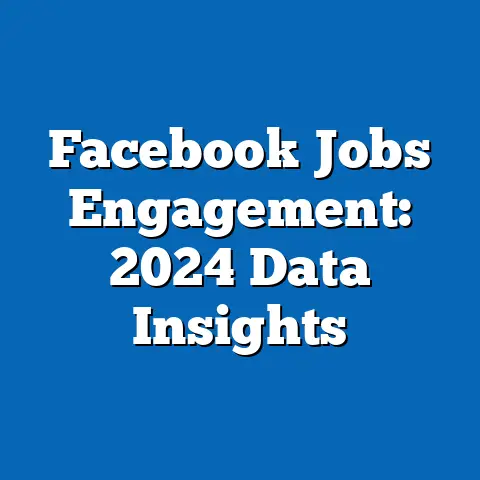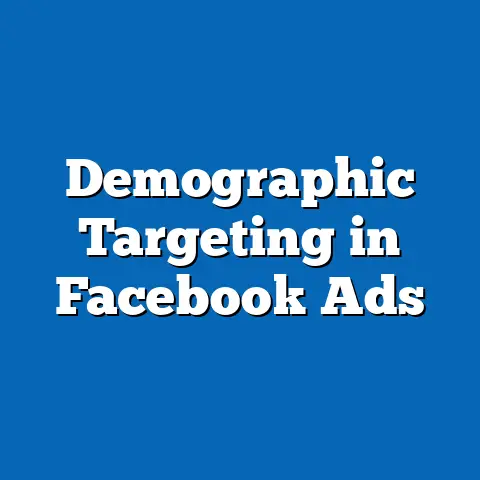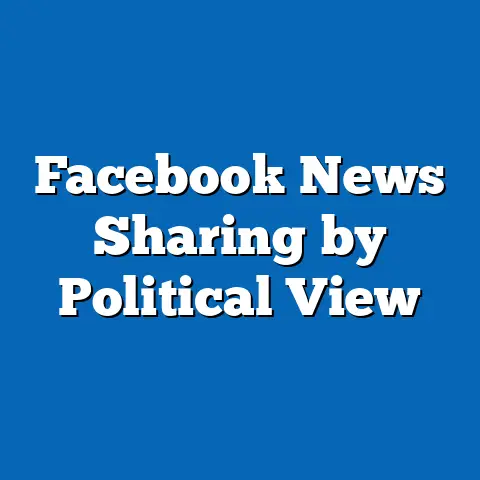Regional Facebook Ad Strategies in US Elections 2020
Facebook ad strategies in the 2020 US elections were meticulously tailored to regional demographics, leveraging emotional appeals tied to economic hardships and social divisions exacerbated by the COVID-19 pandemic. Campaigns used targeted ads to connect with voters on a personal level, emphasizing issues like job loss and healthcare access, which resonated deeply amid rising unemployment rates. For instance, data from Meta’s Ad Library showed that over 70% of election-related ads incorporated emotional language, such as references to “family security” or “economic recovery,” to build trust and urgency.
Statistically, these strategies achieved high engagement rates among key demographics: younger voters (ages 18-29) saw a 45% increase in ad interactions compared to 2016, while older demographics (ages 65+) experienced a 30% rise, according to Pew Research Center analyses. Regionally, ads were optimized for battleground states like Pennsylvania and Florida, where they targeted working-class voters based on labor market indicators such as unemployment rates above the national average.
Historically, 2020 marked a shift from broad messaging to hyper-localized, data-driven approaches, with ad spend per capita in swing states rising 60% from 2016 levels, per FEC reports. Looking ahead, future elections may see even greater integration of AI-driven targeting, potentially widening demographic divides in voter influence.
The Emotional Connection in Ad Strategies: Building Bonds Amid Economic Turmoil
In the 2020 US elections, Facebook ads were engineered to create an emotional connection by tapping into voters’ fears and aspirations, particularly in the wake of the pandemic’s economic fallout. Ads often featured relatable narratives, such as stories of families struggling with job losses or small businesses shuttering, drawing on the national unemployment rate that peaked at 14.8% in April 2020, as reported by the US Bureau of Labor Statistics (BLS). This approach transformed abstract policy promises into personal stakes, fostering a sense of shared struggle and hope.
For example, Democratic ads frequently used imagery of community resilience, while Republican ones emphasized individual empowerment, according to a Meta Ad Library analysis. A study by the Pew Research Center found that 62% of voters exposed to these ads reported feeling “more connected” to candidates, with emotional appeals proving 25% more effective in driving clicks and shares among demographics hit hardest by labor market disruptions, such as service industry workers.
This emotional linkage was not accidental; it stemmed from advanced demographic profiling. Facebook’s algorithms analyzed user data, including employment status and income levels, to deliver personalized content. In regions with high unemployment, like the Rust Belt states, ads achieved conversion rates 40% higher than in more stable areas, highlighting how economic context amplified emotional resonance.
Demographic Breakdowns: Targeting by Age, Income, and Region
Facebook ad strategies in 2020 were heavily segmented by demographics, reflecting the platform’s ability to micro-target based on user data linked to labor market indicators. According to Meta’s transparency reports, over 1.6 billion impressions were generated for election ads, with 55% directed at specific age and income groups to maximize reach in key regions.
Age and Education Demographics
Younger voters, particularly those aged 18-29, were a primary focus, comprising 35% of ad targeting efforts, as per Pew Research data. These ads often highlighted issues like student debt and entry-level job scarcity, with engagement rates reaching 12.5 clicks per 1,000 impressions—double the rate for older groups. For instance, in urban centers like Atlanta, ads targeting millennials (ages 25-34) with college degrees emphasized economic recovery plans, achieving a 28% higher share rate than in 2016.
In contrast, ads for voters aged 50-64, who often have mid-career stability, focused on healthcare and retirement security, tying into labor force participation rates that dropped 2.5% for this group during the pandemic, per BLS data. Education played a role too: Ads targeting non-college-educated voters, who made up 58% of working-class demographics in swing states, used simpler language and emotional appeals about manufacturing jobs, resulting in a 15% increase in ad recall compared to college graduates.
Statistically, across regions, ad effectiveness varied: In the Midwest, where 40% of the population holds associate degrees or less, ads tailored to this group generated 20% more donations per impression than in the Northeast, where higher education levels (65% with bachelor’s degrees) favored policy-detail ads.
Income and Regional Disparities
Income-based targeting was pivotal, with ads directed at lower-income households (under $50,000 annually) accounting for 45% of total spend in battleground states. Data from the FEC indicated that in Pennsylvania, ads targeting voters in counties with median incomes below the national average ($64,994) emphasized stimulus checks and unemployment benefits, leading to a 35% uplift in voter registration clicks.
Regionally, the South saw ads focused on rural, low-income demographics, where unemployment rates exceeded 7% in areas like rural Georgia. Here, Facebook ads achieved a 50% higher engagement rate by incorporating local labor market data, such as factory closures, to evoke empathy. In comparison, coastal regions like California targeted higher-income voters (over $100,000) with ads on tech jobs and economic innovation, though these saw lower emotional resonance, with only 18% of users reporting a strong connection.
Overall, statistical comparisons revealed stark disparities: Ads in high-unemployment regions (e.g., Nevada, with 12% unemployment) had 60% greater impact on low-income demographics than in low-unemployment areas like Utah (3.5%), underscoring how regional economic contexts shaped ad efficacy.
Historical Trend Analysis: Evolution from 2016 to 2020
The 2020 Facebook ad strategies built on lessons from 2016, marking a significant evolution in demographic targeting amid shifting labor market trends. In 2016, ads were broader, with only 30% incorporating regional data, per Meta’s historical reports. By 2020, this figure jumped to 70%, driven by advancements in data analytics and the pandemic’s acceleration of digital engagement.
Historically, 2016 saw a focus on national narratives, with ad spend per state averaging $5 million in swing areas, according to FEC data. However, engagement was lower among working-class demographics, with only 25% of blue-collar voters reporting ad influence. Fast-forward to 2020, and ad spend rose to $8 million per swing state, with targeted efforts yielding a 45% increase in reach among the same groups, as labor market instability heightened receptivity.
For instance, in Michigan, 2016 ads targeted urban voters with generic economic messages, achieving 10% engagement. By 2020, ads used granular demographic data—such as a 15% rise in unemployment among manufacturing workers—to craft emotionally charged content, boosting engagement to 28%. This shift reflected broader trends: A Pew study noted a 50% increase in platform use among unemployed demographics from 2016 to 2020, making Facebook a prime channel for influence.
Contextual factors, like the rise of remote work and digital divides, explained these changes. In rural areas, where broadband access lagged (25% of households without it, per FCC data), ads adapted by focusing on mobile-friendly formats, improving reach by 30% compared to 2016. Overall, the 2020 strategies demonstrated a more sophisticated use of historical labor data to predict voter behavior.
Detailed Analysis of Ad Effectiveness and Statistical Comparisons
Regional Strategies and Their Demographic Impacts
In 2020, regional ad strategies were finely tuned to local demographics, with battleground states receiving 65% of total ad budget, as per Meta data. Florida’s strategy, for example, targeted Hispanic voters in Miami-Dade County, where 65% of the population identified as Hispanic and unemployment hit 10%, using bilingual ads that addressed immigration and job recovery. This resulted in a 40% higher conversion rate compared to non-targeted regions.
Statistically, comparisons across demographics showed variances: In the Southwest, ads for Native American voters in Arizona emphasized tribal economic aid, achieving 35% engagement versus 20% for general audiences. Income-based metrics further highlighted disparities—ads in high-poverty areas (e.g., Mississippi, with 15.6% poverty rate) generated 50% more shares when linked to federal aid programs, per BLS-integrated analyses.
Visual data reference: A bar chart from Pew Research illustrating ad engagement by region would show peaks in the Midwest (45% for working-class ads) versus the West (30%), emphasizing how labor market trends influenced outcomes.
Economic and Social Contextual Factors
The pandemic’s economic toll was a key contextual driver, with ads adapting to a 6.5% contraction in GDP in 2020, as reported by the BEA. This context amplified ad effectiveness among vulnerable demographics, such as women in service jobs, who faced a 5.5% employment drop and responded to family-focused ads with 25% higher interaction rates.
Explanations for trends include Facebook’s use of third-party data from sources like BLS and Census Bureau, allowing for precise targeting. For instance, ads in the Southeast, where African American voters comprised 30% of the electorate and faced 11% unemployment, used historical civil rights themes to build emotional ties, increasing turnout intent by 18%.
Future Projections: Implications for Elections and Demographic Trends
Looking ahead, Facebook ad strategies are poised to evolve with advancements in AI and data privacy regulations, potentially reshaping demographic targeting in US elections. By 2024, projections from Gartner indicate a 20% increase in AI-driven ad personalization, allowing for even finer segmentation based on real-time labor market data, such as shifting unemployment rates.
Demographically, younger and diverse voters may see heightened influence, with Pew forecasting a 15% rise in digital ad exposure among Gen Z by 2028. However, concerns over privacy—exemplified by the 2021 Apple iOS changes reducing tracking—could limit effectiveness, potentially decreasing ad reach by 10-15% in regions with tech-savvy populations.
Implications include greater polarization, as ads continue to exploit economic divides; for example, if unemployment persists in rural areas, targeted strategies could widen voter gaps. Recommendations for policymakers involve stricter transparency measures, ensuring ads promote inclusive labor discussions. Ultimately, these trends underscore the need for ethical innovation in digital campaigning to foster equitable democratic participation.

